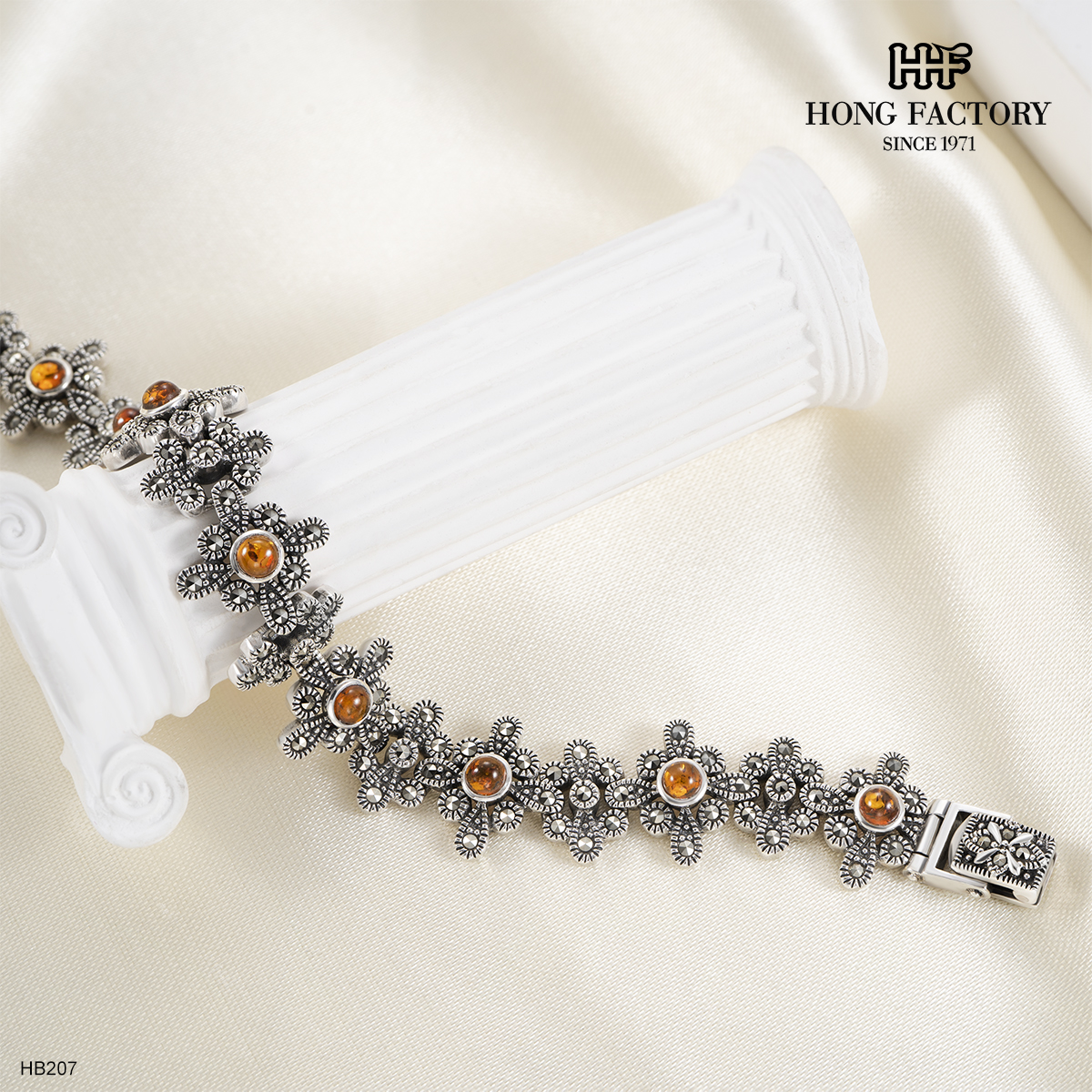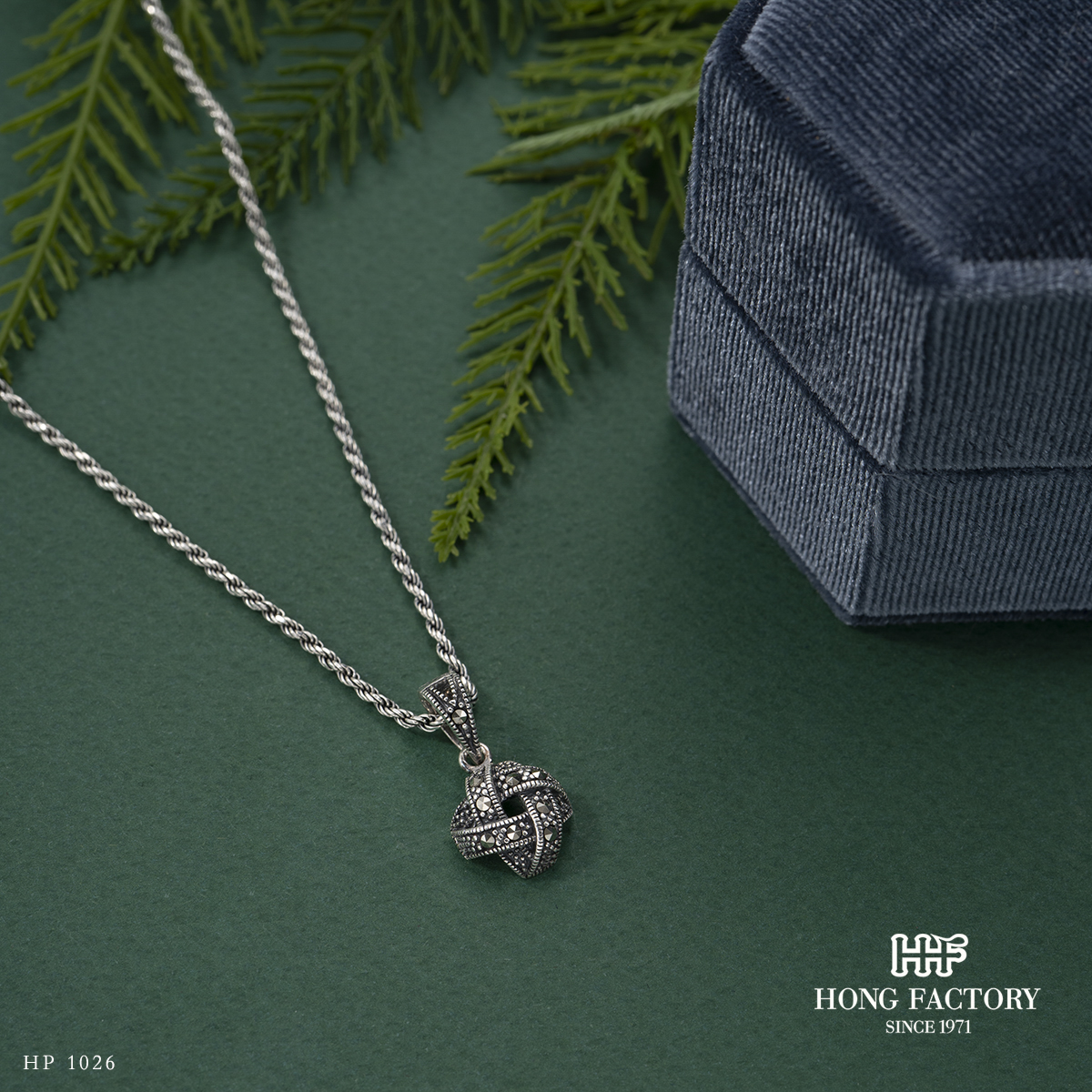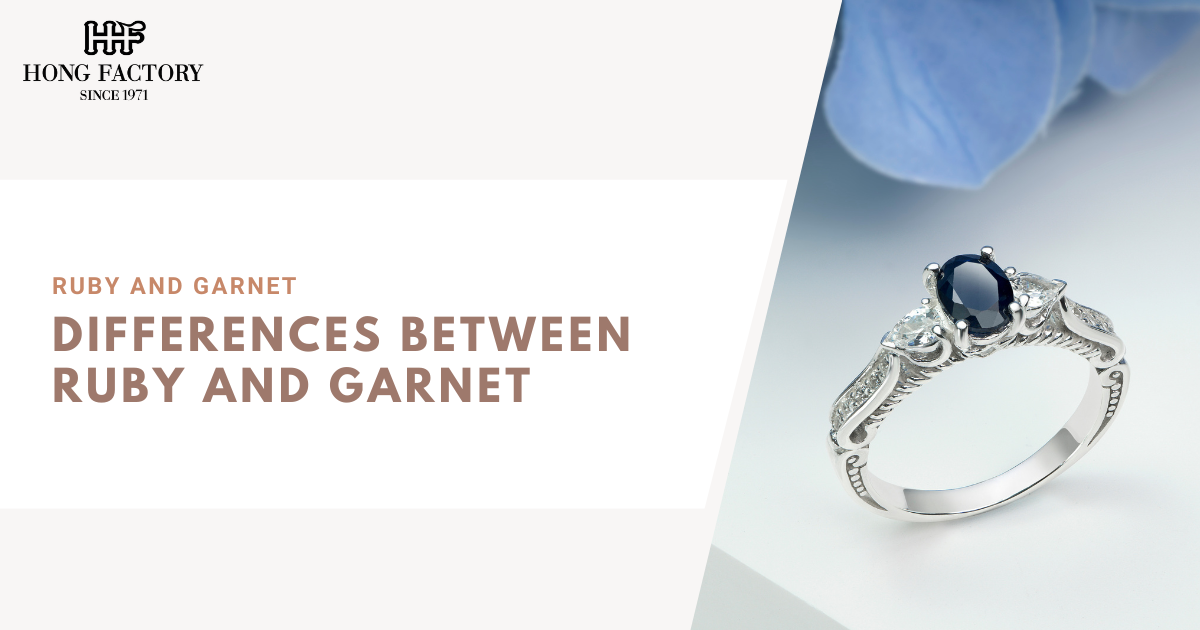
Gemstones have enchanted people for centuries, adding beauty, meaning, and value to both ornaments and life’s most memorable occasions. Among the world’s most popular and coveted red gemstones are the ruby and the garnet. While they may look similar to the untrained eye, their differences are significant. This article will guide you through the key distinctions between ruby and garnet, helping you choose the perfect gem for your style, collection, or gift.
The Basics: What Are Ruby and Garnet?
Ruby is one of the most prized gemstones in the world. It comes from the mineral corundum and is well known for its rich, deep red color. Ruby is considered one of the four precious stones, alongside diamond, sapphire, and emerald. Its name derives from the Latin word “ruber,” meaning red. Due to its rarity and beauty, ruby is often associated with luxury, love, and power.
Garnet, on the other hand, is a group of related minerals rather than a single type of stone. Garnets are found in a wide variety of colors, but the most well-known is the red variety, sometimes mistaken for ruby. Garnets are usually more abundant and affordable, but they are still treasured for their wide array of hues, luster, and symbolic meanings.
How to Tell Ruby and Garnet Apart
While both gems can display stunning red tones, they have clear differences in their appearance, origin, and properties.
1. Color
- Ruby: Displays a pure, vivid red known as “pigeon blood red,” often with hints of blue or purple undertones. Ruby’s red is usually more intense and uniform, making it easy to spot for experts.
- Garnet: Comes in various shades of red, from orangey to purplish, and may often appear darker or browner than ruby. Some garnet varieties even display orange, green, yellow, or pink hues.
2. Crystal Structure and Hardness
- Ruby: Rates 9 on the Mohs scale, making it exceptionally hard and suitable for all kinds of jewelry.
- Garnet: Usually rates 6.5 to 7.5 on the Mohs scale, which makes it a bit softer and more prone to scratches with daily wear.
3. Luster and Light Reflection
- Ruby: Exhibits a high luster with strong brilliance. When cut well, rubies can appear almost glowing.
- Garnet: Has a slightly softer luster and may not reflect light as sharply. Some garnets (like almandine) have a glassy or resinous appearance.
4. Rarity and Price
- Ruby: Much rarer, especially in top-quality shades and clarity. Natural rubies of large size can command extremely high prices.
- Garnet: Generally more common and affordable, making it accessible for a wide range of jewelry and collectors.

5. Symbolism and Meanings
- Ruby: Known as a symbol of passion, vitality, and love. It is the birthstone for July and is often used in symbolic or ceremonial jewelry.
- Garnet: Traditionally a symbol of friendship, trust, and protection. It is the birthstone for January and is also believed to inspire creativity and balance.
6. Geographic Sources
- Ruby: Mined in places like Myanmar (Burma), Thailand, Sri Lanka, and Mozambique.
- Garnet: Found worldwide, including in countries such as India, Madagascar, the United States, Brazil, and Russia.
Ruby and Garnet – Side-by-Side Comparison
Let’s explore the characteristics that set ruby and garnet apart:
- Composition: Ruby is a variety of corundum, while garnet is a group of silicate minerals.
- Color Consistency: Ruby generally has a more intense and visually pure red, whereas garnet’s reds might lean towards orange, brown, or pink depending on the variety.
- Value: Rubies are often far more valuable because of their rarity and desirability. Garnets offer beauty at a more accessible price point.
- Durability: Rubies are more scratch-resistant, making them ideal for everyday wear.
How to Choose: Ruby vs. Garnet
When deciding between ruby and garnet, consider these factors:
- Occasion and Use: For special traditions, lifelong keepsakes, or heirlooms, ruby brings superior rarity and symbolic weight. For fashion jewelry or those on a budget, garnet is a wonderful, vibrant alternative.
- Personal Preference: If you prefer a glowing, rich red with high brilliance and are willing to invest, ruby is unmatched. For those who enjoy variety, garnet offers a rainbow of colors and styles.
- Care Needs: Rubies require minimal care due to their hardness. Garnets need gentler handling and are best suited for settings that don’t get heavy daily wear.
Tips for Identifying Ruby and Garnet
- Clarity and Inclusions: Many real rubies contain tiny imperfections called inclusions, while many garnets appear clearer inside.
- Price Check: If you find a vivid red “ruby” at a surprisingly low price, it might be a garnet or a synthetic ruby.
- Professional Appraisal: Always ask for authenticity certificates or have the gemstone tested by a jeweler.

Caring for Ruby and Garnet Jewelry
- Ruby Jewelry: Clean with mild soapy water and a soft brush. Store separately to avoid scratching softer stones.
- Garnet Jewelry: Use gentle cleaning methods and avoid harsh strikes or abrasion. Keep away from strong chemicals and extreme temperature changes.
Though both ruby and garnet capture the romance of red, their history, properties, and value are quite distinct. Ruby stands out for its brilliance, rarity, and symbolism, making it an ultimate statement of love and luxury. Garnet, with its affordability and range of colors, provides versatility and charm for any collection. Whether you choose ruby, garnet, or both, understanding their differences ensures you find the perfect gem to celebrate your special moments and personal style
